Sansevieria makes a Very Adaptable Houseplant
Photo:
Freestocks
Sansevieria is a popular hardy plant due to its adaptability to a variety of growing conditions. The plant is widely renowned for its ability to tolerate low light levels and adapt to a wide range of soil conditions. As a result, it is an excellent houseplant. As one of the most well-known plants on the planet, Sansevieria is consistently at the top of any list as one of the most tolerant of decorative plants, able to resist the most adverse growing conditions, abuse, and neglect. Although overwatering is detrimental, snake plants are really hard to kill.
A Well Known Stranger
The genus was named after Prince San Severo, who was born in Naples in 1710. Sansevieria trifasciata, the principal plant of the genus, is native to tropical Africa, Madagascar, and Asia. Originally, the plant was coveted for the valuable fibres extracted from its leaves. It is the source of its former popular name, bowstring hemp.
Quick Growing Guide
Botanical Name: Sansevieria
Also Called: snake plant, mother-in-law’s tongue, bowstring hemp, devil’s tongue, jinn’s tongue, snake tongue
En français: Sansevieria
See More Plants in this Botanical Family:
Sun / Shade:
Water: Do not over water
Soil:
Height:
Care:
The snake plant has been grown for over 250 years. However, it has been grown in the US foliage trade since the 1920s. A 2 ft. tall delicate evergreen perennial with stiff, upright, thick, spearlike leaves with a glossy sheen. White-and-green or yellow-and-green leaves with a distinct pattern.
Types
The genus boasts about 70 varieties, but only roughly 15 varieties find themselves grown commercially. Here are details on most of the popular sansevieria varieties.
Snake plants come in basically two types: Tall, upright growers and bird nest type.
Upright growing snake plant showing the bloom, rhizomes and roots
The Upright Snake Plants
The well-known tall, upright varieties include:
- Sansevieria trifasciata – grows tall, with bold stiff, glossy, leather-like gray-green leaves with dark green crossbands.
- Sansevieria trifasciata laurentii – A variegated and much showier cultivar of Sansevieria trifasciata introduced by Emile Laurent. The plant looks just like trifasciata – except for the yellow banding on the outside edges of the leaves.
- Sansevieria zeylanica – According to the University of Florida – “Most plants sold as Sansevieria zeylanica are Sansevieria trifasciata. It has little appeal as an ornamental.” [source]
The Bird Nest Trifasciata ‘Hahnii’
The plant’s cast-iron qualities have merit, but not everyone likes their tall stiff appearance. Several “rosette” varieties of a smaller and more graceful design are available. These “squashed-down” types known as bird nest varieties are just as tough as any of the older, upright types. Whoever gave them the name, I don’t know, at least it’s a catchy common name.
The bird nest snake plant looks like a heavy-textured, open rose that grows slowly, requires little light and can stand almost any sort of abuse.
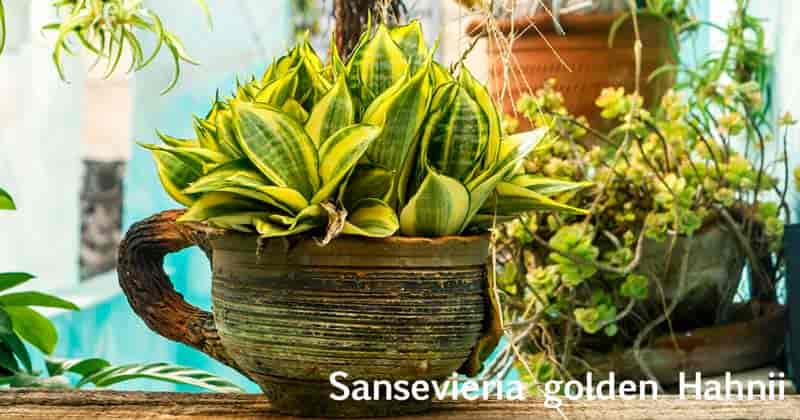
Sansevieria trifasciata ‘Hahnii’ from the book The Sansevieria Trifasciata Varieties by B. Juan Chahinian
The first dwarf cultivar and direct parent of most of the other dwarf varieties, this plant was discovered in New Orleans, at Crescent Nursery Company, by W. W. Smith Jr. and patented as an “improved variety” of Sansevieria. Plant bears patent No. 470 and was dated June 3rd, 1941. The dwarf grew off a Sansevieria trifasciata var. Laurentii plant. This dwarf develops like a rosette, the leaves growing from the tip of the stem, extension of the underground stem or rhizome, The leaves are spirally arranged around it and their sides are curved upwards and they are erect when young, gradually adopting a more slanted posture and turning flat and recurving backwards as they become older. The leaves taper towards their bottom, forming a petiole which widens at the joint to the stem. The leaves, averaging eight to ten, are wide and ovate, ending in a tip of variable length but always short and soft. The width of the leaf may be up to 7.5 cm (3 in.) and the length as much as 15 cm. (6 in.), although these dimensions may be exceeded with the various clones and cultural treatment. This plant offsets freely, producing at times, new growth of upright appearance.
The bird nest type, usually Sansevieria Hahnii, a dense rosette of dark green leaves with gray-green crossbands, and its relative, Sansevieria golden Hahnii, having two or three broad bands of yellow and several longitudinal yellow stripes.
These bird nest snake plants make choice “dish-garden” and terrarium plants, not only due to their compact shape but also because of their durability.
Potting & Repotting The Mother In Law’s Tongue
Divide plants at any time during the year, however, spring is the best. The plants are easily increased by division; since most sansevierias sucker freely, this is usually the preferred method of propagation. They may also be increased by cutting the leaves into three-inch lengths, and inserting the lower third of these in damp sand. With this method, however, the yellow banding or marginal stripes may be lost, with the new plants reverting to type.
Remove the plant from of the pot. Using a knife or sharp clippers cut it up as much as you want. Plant each piece along with their roots in a container with a well-drained soil like this.
Note: When repotting, it is not always necessary to transfer them to a larger pot, unless you want to increase the size of the plant. The plants grow actively during the summer, dividing in spring will produce the quickest results. Each division will soon grow and produce a nice plant.
Snake plants do well in a good potting soil as they are not very demanding. They are very “succulent“; “heavy plants” which hold lots of water in their leaves. It is often recommended to create a “heavy soil” by amending the potting mix with some sand.
Watering
Be cautious when watering, especially during the winter. The wintertime is when most people experience root rot. Better to err on the dry side. Watering is usually a matter of personal judgment. I water my snake plants whenever they seem to need it, about every 2-3 weeks. I always allow the plant root area to dry out well, before watering again. Few plants should be kept constantly wet, fewer should ever be allowed to suffer from lack of moisture.
One Tough Indoor Plant

No discussion on hardy house plants would be complete without some comments on the Sansevieria or bowstring hemp. This well-known genus has many friends and some enemies. The critics call attention to the snake plant’s stiff, upright growth habit, and they are apt to name it mother-in-law’s tongue or snake plant. Devoted friends, on the other hand, praise its hardy constitution and ability to thrive under exceedingly difficult conditions. Others approve the modernistic form of the plant and select it for backgrounds calling for vertical line.
These plants make great house plants due to their versatility in both size, use and growing conditions. You’ll find it used in small dish gardens all the way up into 14″ containers 42″ inches in height. They handle full sun, look great on a patio during the spring and summer, but also can go inside into very low light like a bathroom. This plant can hang with the best of all low light plants. However, the plant will do best in bright light. The Mother In Law tongue plant, the spider plant and others were Top plants NASA tested and found for absorbing carbon dioxide and releasing oxygen at night, through the crassulacean acid metabolism process.
It will not tolerate temperatures below 45 degrees for extended periods. When the plants become damaged it can show up slowly over a 1- 4 week period.
One Downside
Their downside – weight. Because of their relationship to the succulent family they hold a lot of water. As plants reach 10″ and larger in pot size the weight goes up dramatically. I’ve seen 10″ plants that weight 25 pounds or more.
If You Want A Houseplant That:
- Is tough indoors
- Can be placed just about anywhere
- Takes up little space
- Goes a long time between watering
- A good starter plant for the house
- Can start outside in spring and move inside
- Has no real pests problems. Spider mites even have a difficult time with their succulent plant leaves.
Propagation by Division and Leaf Cuttings
Sansevierias propagate easily by division; because most kinds sucker freely, this is typically the preferred mode of propagation.
Leaf cuttings, clumps, or rhizome cuttings are used to grow snake plants. Cut the leaves into three-inch lengths and burying the bottom part of these in wet sand. However, the yellow banding or marginal stripes may be lost using this procedure, and the young plants will return to type.
Snake plant propagation cutting in a bowl of water. image: via madaise
In south Florida, stock plants grow in beds out in full sun. One very unusual production method of these plants; growers actually mow down the tops of the plants forcing them to produce new growth.
Sansevieria Cylindrica – The Popular Oddball
Sansevieria cylindrica the snake plant with cigar like leaves.
One odd sort you may discover when searching for a “different” or rare sansevieria species is Sansevieria cylindrica. The plant has dark green leaves marked with faint light green bands. A native to Angola, sometimes called the African spear, Cylindrical Snake Plant, Spear Sansevieria, used as an ornamental plant because of its unique features.
The difference? The leaves are cylindrical instead of being flat or concave. This somewhat fan shape plant is also found in Sansevieria Ehrenbergi, a much more colorful plant with red and white pencil stripes on the upper margins of its bluish leaves.
Another unusual type I’ve become mildly fond of is Sansevieria arborescens, a sort of tree-like plant wholly unlike the customary stemless varieties. This, by the way, has white edges on dull green leaves.
It is a fan shape plant but some gardeners and growers have experimented with braiding.
Braided Sansevieria cylindrical at Whole Food, Winter Park Florida 2014
Sansevieria cylindrica is a low-maintenance houseplant, versatile and drought-tolerant. In fact, it seems to thrive best with little water. Almost like the ZZ plant or cast-iron plant they do fine when watered once or twice a month or less when if used indoors as a houseplant.
Uses of Sansevieria
The durability of Sansevieria makes it an excellent choice for apartment dwellers who often have limited success with houseplants due to lighting issues. They should take a good look the snake plant. Sansevierias adapt to almost any temperature and light conditions. True, the plants will freeze if it gets too cold, and sunburn if it is too hot, and no plant will grow in absolute darkness. But they will tolerate very dim light for long periods, and can be used in many places where other plants would scarcely survive a week.
Display Them Attractively
Too many people lose half the beauty of their plants (not only sansevierias, but others, too) by not displaying them properly. Some varieties of sansevieria, notably those whose silhouettes are unusual, deserving to be grown as individual specimens; others look better when used in group plantings.
Snake plants displayed in rustic planters
An attractive pottery container greatly enhances the appearance of these plants. The compact birds nest species Sansevieria Hahni are more interesting in their smaller size and also tolerant of dry hot rooms and poor light. The bird nest varieties are perhaps of the greatest value to the window gardener, with their amiable disposition, which allows them to persist under the most adverse conditions.
Keep leaves clean and free from dust and grease. Other care consists of keeping the plants moist but not wet, and feeding occasionally. Sansevieria Hahni with short leaves arranged in a rosette. Hahni makes and excellent low plant for use on a coffee table where little light may be available.
3 Sansevieria Hahnii bird nest snake plants displayed in attractive decorative planters
Questions & Answers On Snake Plant Care
Does Sansevieria Bloom or Flower?
Primarily used as foliage plants but when conditions suit them Sansevierias will burst suddenly and unexpectedly into glorious bloom. The psychological reaction for most sansevieria owners is comparable to finding a peacock on their front lawn!
A friend describes the plants as “inelegant” either never saw one in bloom or else needs new glasses.
Granted, individually the flowers do not look like much, but borne in racemes on tall, foot long, stout scapes, making a lovely display. The blossoms usually white or cream, sometimes greenish (those of Sansevieria cylindrica have a pinkish color), are often fragrant.
By now you probably know how tough and durable qualities of the “snake plant.” If you’re looking for other tough plants to keep as houseplants also consider the ZZ plant {zamioculcas), Cast-Iron plant, and Aglaonemas.
When Is The Best Time To Repot or Transplant?
I have a pot of sansevieria that has so many young ones coming up the plants are very crowded. When is the best time to transplant some of these into another container? Kaleigh, Memphis, Tenn.
Divide Sansevierias at any time during the year, and each division will soon grow into a nice plant. Dump the plant out of the pot, break it up as much as you want and plant each. The plants grow actively during the summer, so spring is the best time to divide the plant to obtain quick results.
Does Rooting Snake Plants In Water Work?
Can you tell me how to start another snake plant or sansevieria? I’ve tried rooting leaves in water, but this method doesn’t seem to work. Nina, Michigan State University
Nina, the common variety of Sansevieria roots readily from leaf cuttings. Cut a leaf into four-inch sections and plant each in sandy soil, one inch deep. Firm the soil so that the leaf will not fall over when watered. Water sparingly and keep the cuttings in a warm bright place. Each piece of the leaf will produce a new plant.
The Sansevieria with the yellow margin on the leaf propagates only by division, each piece with roots will soon produce a new one. If the leaves with yellow margins are used as leaf cuttings, the plant, if it grows, will revert back to the green leaf and lose its yellow margins. Generally, Sansevieria cuttings in water get too much moisture and decay.
Below is a list of 50 species and Sansevieria varieties recognized by The World Checklist of Selected Plant Families at Kew as of August 23, 2017.
Botanical Names
For more details on popular sanseveria variaties,
- Sansevieria aethiopica (1794)
- Sansevieria arborescens (1903)
- Sansevieria ascendens (2010)
- Sansevieria bacularis (2010)
- Sansevieria bagamoyensis (1913)
- Sansevieria ballyi (2004)
- Sansevieria bella (2000)
- Sansevieria burdettii (2000)
- Sansevieria burmanica (1915)
- Sansevieria conspicua (1913)
- Sansevieria downsii (2000)
- Sansevieria dumetescens (2009)
- Sansevieria ebracteata (1988)
- Sansevieria ehrenbergii (1875)
- Sansevieria fasciata (1903)
- Sansevieria fischeri (1986)
- Sansevieria forskaliana (1983)
- Sansevieria frequens (2000)
- Sansevieria gracilis var. gracilis
- Sansevieria gracilis var. humbertiana (2007)
- Sansevieria gracillima (2005)
- Sansevieria hargeisana (1994)
- Sansevieria hyacinthoides (1913)
- Sansevieria kirkii var. kirkii
- Sansevieria kirkii var. pulchra (1915)
- Sansevieria lineata (2013)
- Sansevieria longiflora var. fernandopoensis (1915)
- Sansevieria longiflora var. longiflora
- Sansevieria longistyla (2004)
- Sansevieria lunatifolia (2015)
- Sansevieria metallica var. nyasica (1915)
- Sansevieria newtoniana (2014)
- Sansevieria nilotica (1875)
- Sansevieria parva (1915)
- Sansevieria patens (1915)
- Sansevieria pearsonii (1911)
- Sansevieria pedicellata (2004)
- Sansevieria perrotii (1901)
- Sansevieria phillipsiae (1913)
- Sansevieria pinguicula (1964)
- Sansevieria pinguicula subsp. disticha (2012)
- Sansevieria pinguicula subsp. pinguicula
- Sansevieria powysii (2010)
- Sansevieria senegambica (1875)
- Sansevieria sordida (1915)
- Sansevieria subspicata (1889)
- Sansevieria suffruticosa (1915)
- Sansevieria suffruticosa var. longituba (1981)
- Sansevieria suffruticosa var. suffruticosa
- Sansevieria volkensii (1895)
Image: Top source







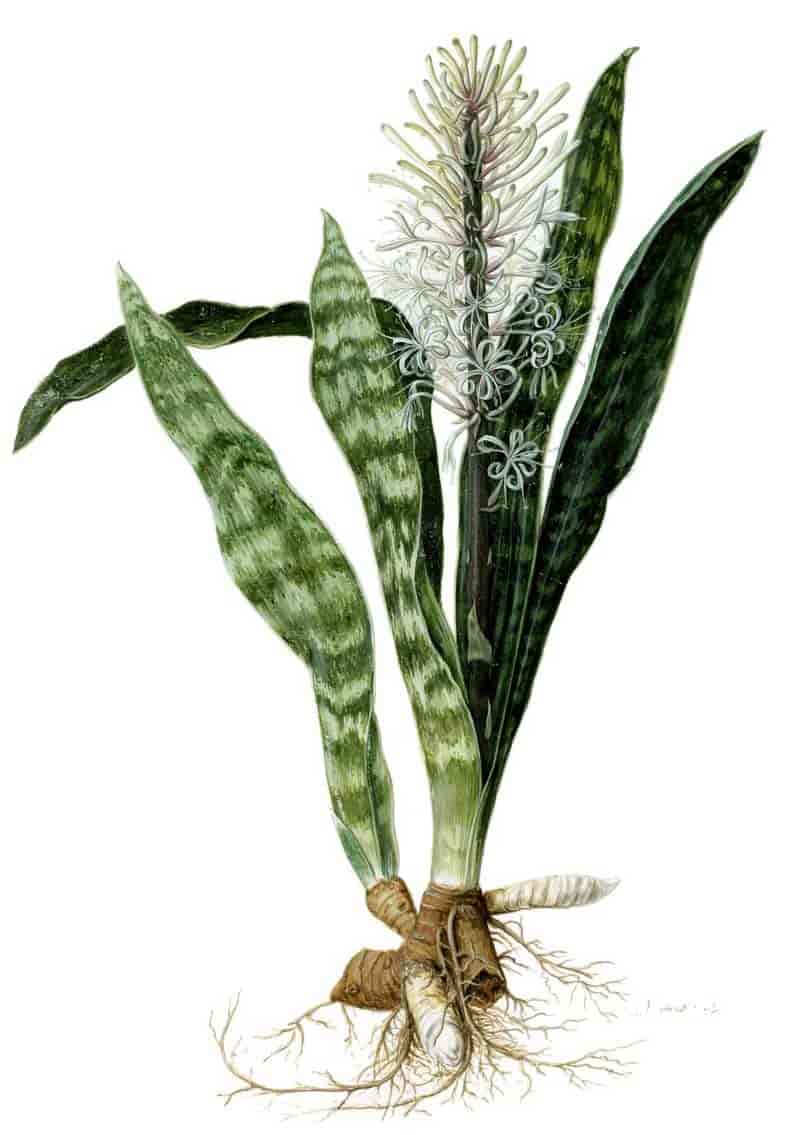
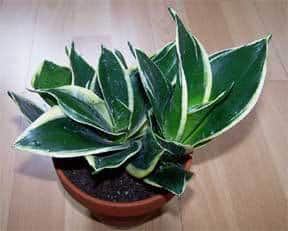
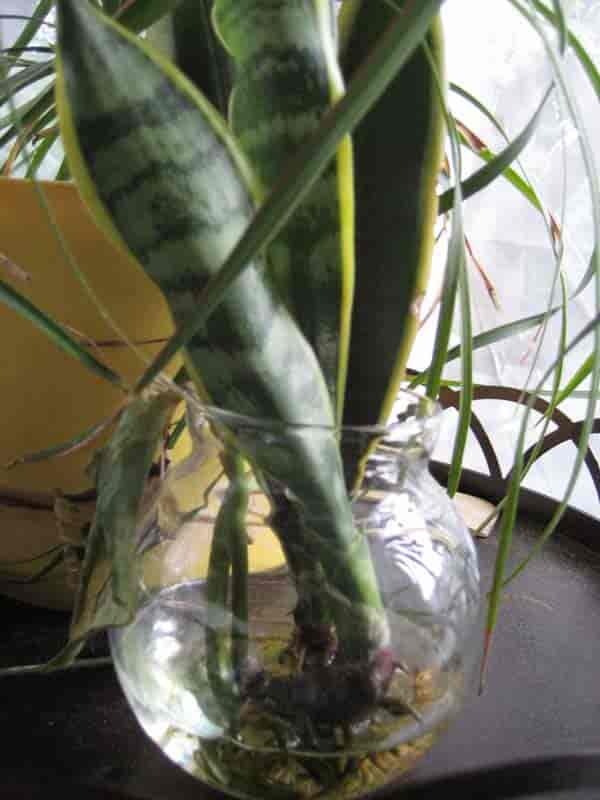
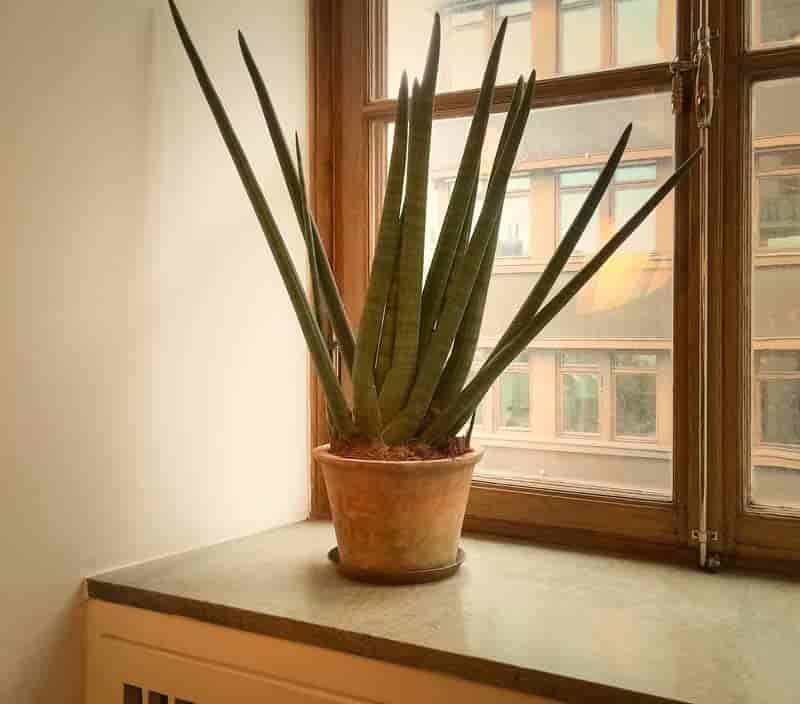
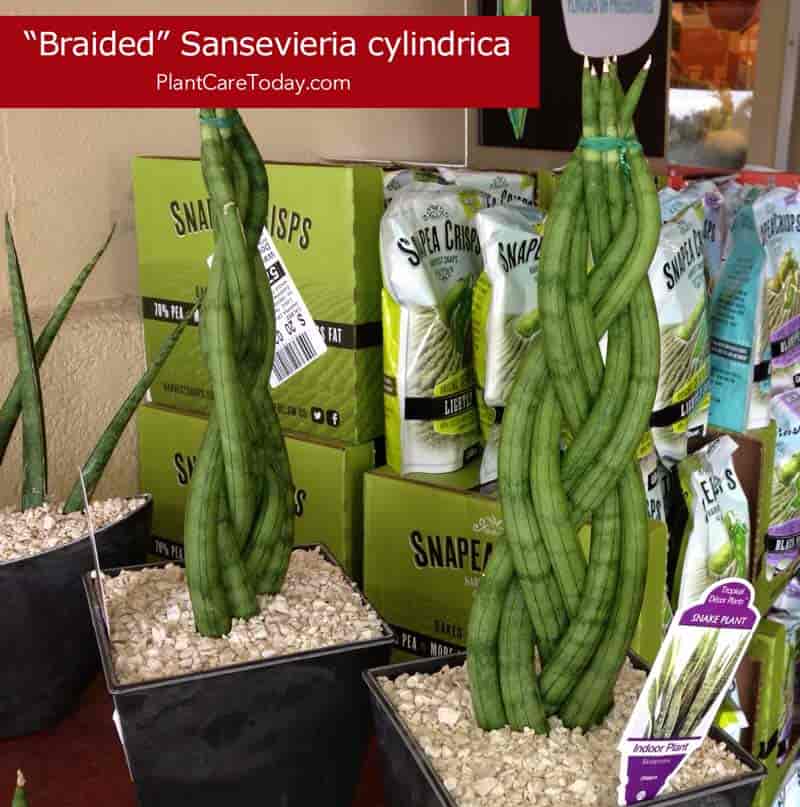
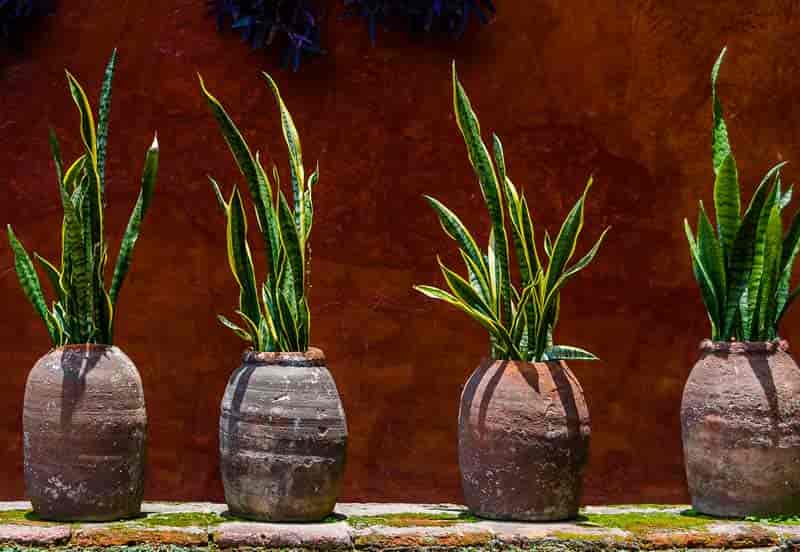
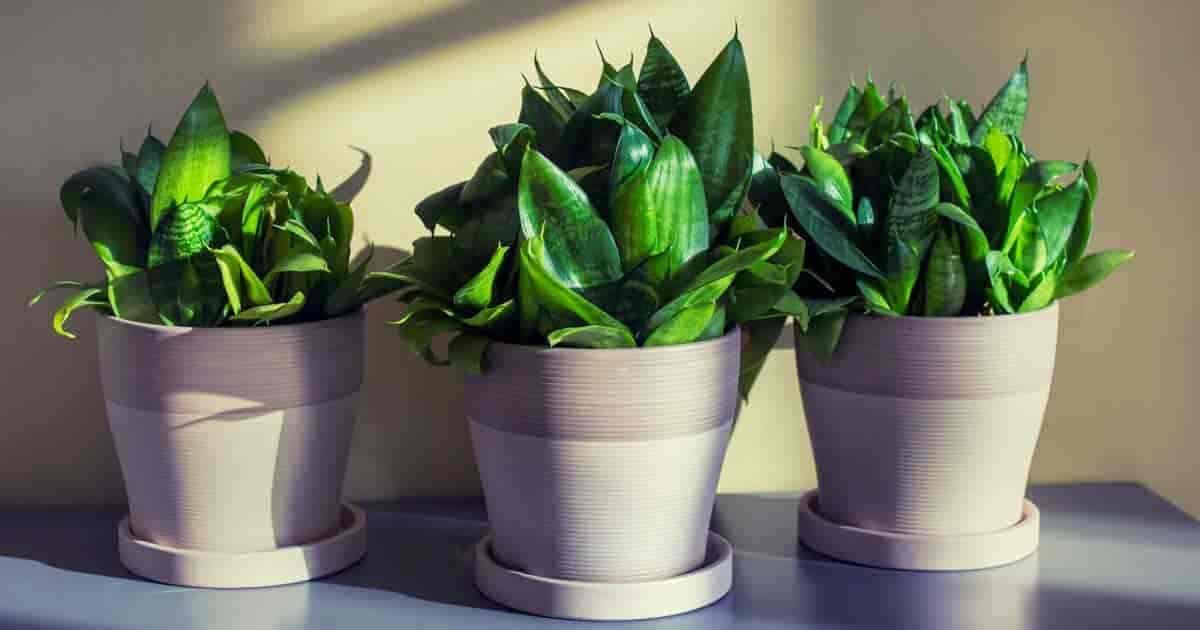
Leave a Reply
You must be logged in to post a comment.